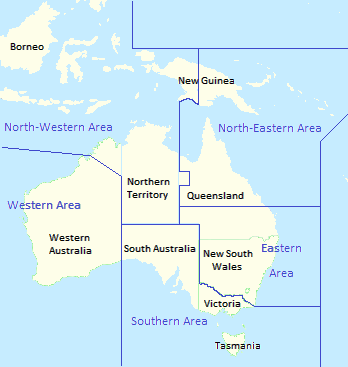 The Wikipedia article of the day for June 28, 2019 is Norfolk, Virginia, Bicentennial half dollar.
The Wikipedia article of the day for June 28, 2019 is Norfolk, Virginia, Bicentennial half dollar.The Norfolk, Virginia, Bicentennial half dollar is a half dollar commemorative coin struck by the United States Mint in 1937, though it bears the date 1936. Designed by William Marks Simpson and Marjory Emory Simpson, the coin commemorates the 200th anniversary of Norfolk being designated as a royal borough, and the 100th anniversary of it becoming a city. Virginia Senator Carter Glass sponsored a bill for a Norfolk half dollar, but it was amended in committee to provide for commemorative medals instead. Unaware of the change, Glass and other advocates shepherded it through Congress. A bill calling for coins was passed in 1937, but by then, the anniversaries had passed, and sales were poorer than hoped; almost a third of the coins could not be sold. The Norfolk half dollar is the only U.S. coin to depict the British crown, shown on the reverse on the city's ceremonial mace.

 The Wikipedia article of the day for June 27, 2019 is
The Wikipedia article of the day for June 27, 2019 is  The Wikipedia article of the day for June 26, 2019 is
The Wikipedia article of the day for June 26, 2019 is 
 The Wikipedia article of the day for June 25, 2019 is
The Wikipedia article of the day for June 25, 2019 is  The Wikipedia article of the day for June 24, 2019 is
The Wikipedia article of the day for June 24, 2019 is  The Wikipedia article of the day for June 23, 2019 is
The Wikipedia article of the day for June 23, 2019 is  The Wikipedia article of the day for June 22, 2019 is
The Wikipedia article of the day for June 22, 2019 is  The Wikipedia article of the day for June 21, 2019 is
The Wikipedia article of the day for June 21, 2019 is  The Wikipedia article of the day for June 20, 2019 is
The Wikipedia article of the day for June 20, 2019 is 
 The Wikipedia article of the day for June 18, 2019 is
The Wikipedia article of the day for June 18, 2019 is  The Wikipedia article of the day for June 17, 2019 is
The Wikipedia article of the day for June 17, 2019 is  The Wikipedia article of the day for June 16, 2019 is
The Wikipedia article of the day for June 16, 2019 is  The Wikipedia article of the day for June 15, 2019 is
The Wikipedia article of the day for June 15, 2019 is 


 The Wikipedia article of the day for June 13, 2019 is
The Wikipedia article of the day for June 13, 2019 is  The Wikipedia article of the day for June 12, 2019 is
The Wikipedia article of the day for June 12, 2019 is 
 The Wikipedia article of the day for June 11, 2019 is
The Wikipedia article of the day for June 11, 2019 is  The Wikipedia article of the day for June 8, 2019 is
The Wikipedia article of the day for June 8, 2019 is  The Wikipedia article of the day for June 7, 2019 is
The Wikipedia article of the day for June 7, 2019 is 




 The Wikipedia article of the day for June 6, 2019 is
The Wikipedia article of the day for June 6, 2019 is 
 The Wikipedia article of the day for June 5, 2019 is
The Wikipedia article of the day for June 5, 2019 is  The Wikipedia article of the day for June 4, 2019 is
The Wikipedia article of the day for June 4, 2019 is  The Wikipedia article of the day for June 3, 2019 is
The Wikipedia article of the day for June 3, 2019 is  The Wikipedia article of the day for June 2, 2019 is
The Wikipedia article of the day for June 2, 2019 is  The Wikipedia article of the day for June 1, 2019 is
The Wikipedia article of the day for June 1, 2019 is 